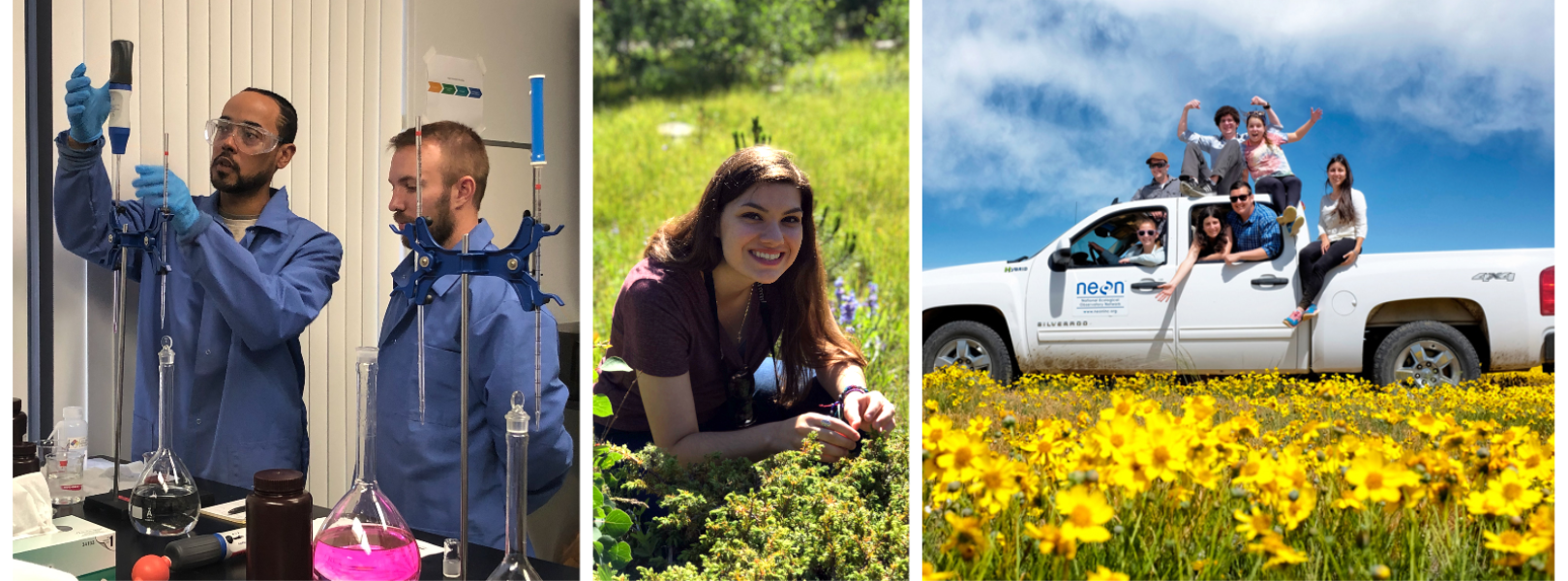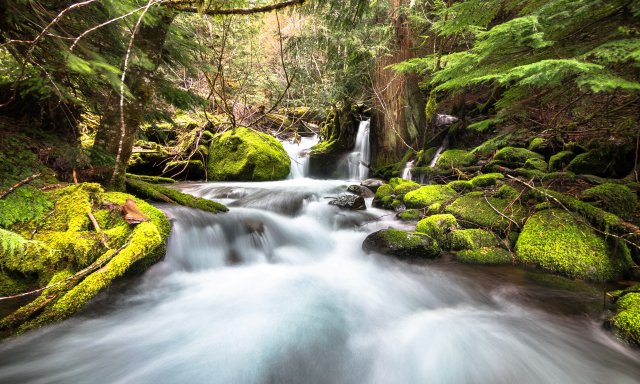Diversity, Equity, Inclusion, and Accessibility

DEIA at NEON and Battelle
Battelle's mission is to be a major force in science and technology discovery and in translating knowledge into innovative applications that have significant societal and economic impacts. Success requires a diverse and highly skilled workforce that brings unique ideas and backgrounds together to solve the world’s greatest scientific and technological challenges.
NEON's DEIA Plan
Building a diverse, equitable, and inclusive culture doesn’t happen without an intentional focus and commitment to workplace policies and practices that help foster and grow a diverse workforce. NEON's internal DEIA IPT created our Diversity, Equity, Inclusion, and Accessibility Plan - learn how we promote and facilitate diversity, equity, and inclusion in all of our work.

NEON Code of Conduct
NEON has adopted this Code of Conduct and requires all NEON community members to agree and adhere to it to help us create a safe and positive community experience for all. Our aim is to support a community where all people feel safe to participate, introduce new ideas, and inspire others. This code outlines both expected and prohibited behaviors as members of the NEON community in all activities, both at in-person events and online spaces.
Diversity is in our DNA
“As a research institution, diversity is critical to our mission and is the fabric of our organization. We celebrate the unique differences in each individual from race and ethnicity to gender, sexual orientation, socioeconomic background, educational experience and diverse life experiences. As we strive to stay at the forefront of scientific innovation, we’re committed to continuously advancing our culture of innovation by attracting and retaining a talented and diverse workforce.”
- Lou Von Thaer, Battelle President & CEO
Supporting Voices and Culture in Ecology
"With the rest of Battelle, the NEON program is committed to cultivating an inclusive culture and work environment that reflects the diversity of our community. Specifically, we aim to have a workforce that draws from across society and have in place a safe and welcoming environment that promotes retention, interaction, collaboration, and innovation. In the upcoming year we want to better understand diversity, equity, and inclusion approaches that will further improve our internal culture and our services to the scientific community and public. Whether you are a member of our NEON staff or part of the scientific and education community that we seek to enable with NEON data and infrastructure, I encourage you to reach out to us with any questions, concerns, or ideas for improvement."
- Paula Mabee, NEON Chief Scientist and Observatory Director